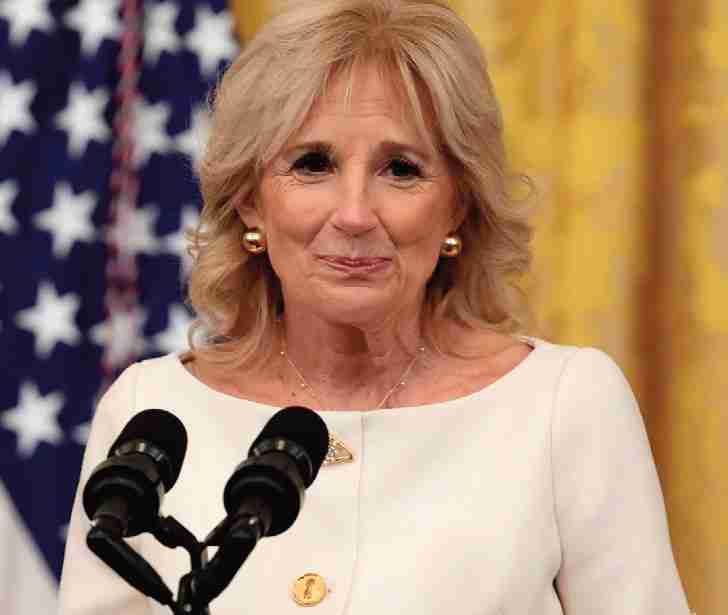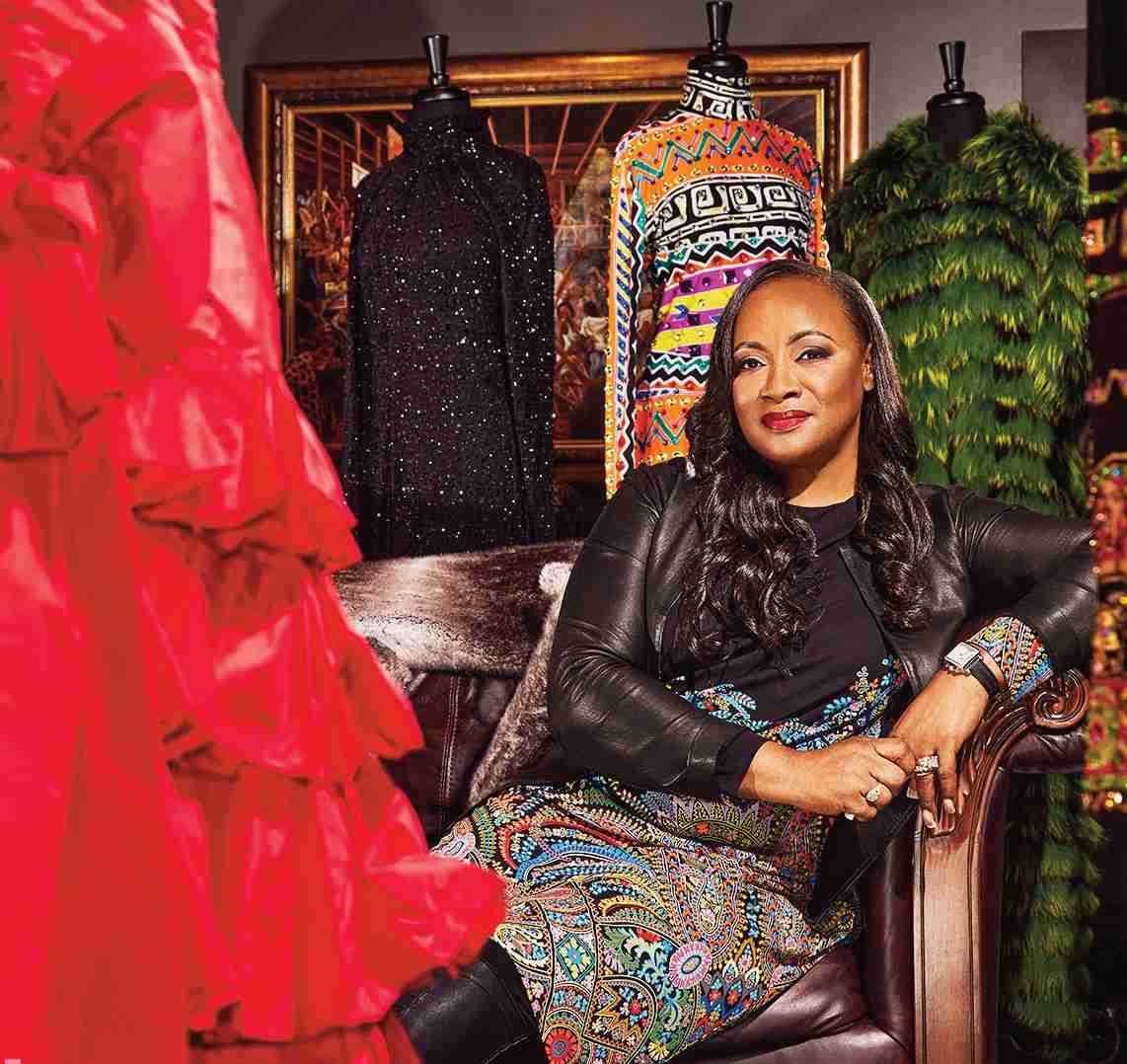PHILADELPHIA (AP) —The year began with a harmonious glow at the inauguration of the first black president, as America marked a stunning victory over its racial demons.
“That lasted about a day,” President Barack Obama said two months later. He attributed that to the economic calamity threatening all Americans, but his statement also applied to the notion that all of the country’s racial problems had been solved.
The dynamics of race were transformed in 2009 because the most powerful person on Earth was no longer white. But despite that potent symbol – and sometimes because of it – race remained a volatile and often divisive subject.
“It felt like an evolution to me, something that created a paradigm shift,” says Dr. Joy DeGruy, a black author and speaker who focuses on racial healing. “We moved a quantum leap forward.”
Conservative radio host Mike Gallagher calls the change “profound” and says there were fewer racial controversies last year than in almost any other during his 30-plus years of radio.
“I get the sense from my audience collectively that there is a sigh of relief, that we’ve made progress this year,” says Gallagher, who is white. “Because I truly believe that good people don’t want to be mired in racial conflict.”
One sign of that progress was Elwin Wilson. Inspired by reaction to the inauguration, he sought out U.S. Rep. John Lewis. They had last met in 1961, when Wilson and other white racists brutally beat Lewis during a Freedom Ride civil rights protest in South Carolina.
Wilson apologized, and Lewis accepted.
“I think it will lead to a great deal of healing,” the black congressman said.
The year held many milestones. George Lopez became the first Latino host of a late-night TV show. Ursula Burns became the first black woman to lead a Fortune 500 company, Xerox. The Indian model Padma Lakshmi starred in commercials for shampoo and hamburgers.
More than 2 million people clicked on a humorous but perceptive YouTube ad for Red House Furniture in High Point, North Carolina, “where white people and black people buy furniture.”
There were signs that the elusive American “conversation on race” gained a foothold last year.
Jen Wang, co-founder of the race and culture blog Disgrasian, said she used to be discouraged by the reluctance to discuss race.
“Something shifted the day that Obama took office,” she says. “There’s something in the conversation that tells me readers feel like if we discuss it, there’s a chance that there will be some change or progress, or at least you will be heard.”
But there was pain amid the progress.
The disorderly conduct arrest of black scholar Henry Louis Gates by a white officer after he forced open the jammed front door of his home seemed like a throwback to an earlier, divided era.
The issue was inflamed when Obama slipped from his race-neutral stance and said that police who arrested Gates had “acted stupidly.” Obama’s poll numbers among whites plunged; he then invited the cop and the professor to meet at the White House.
In May, three white teens in Shenandoah, Pennsylvania, were acquitted of the most serious charges in the beating death of Luis Ramirez, an illegal Mexican immigrant. The case became a rallying cry for Latino activists who called it part of a rising tide of anti-Hispanic hate crimes. Federal hate-crime charges were filed against two of the teens in December.
Latino groups also demanded the ouster of CNN host Lou Dobbs for his anti-immigration rhetoric, and he resigned in November. Another resignation was a white justice of the peace in Louisiana who had refused to marry an interracial couple, citing concern for their future children.
Asian groups were angered after teen star Miley Cyrus was photographed pulling her eyes into a slanted position, then said people were trying to make “something out of nothing.”
After Sonia Sotomayor was nominated in May to be the first Hispanic on the Supreme Court, critics called her racist for a past “wise Latina” statement about the role judges’ backgrounds can play in their work.
The remark dominated her contentious confirmation hearings. Race had once again become a wedge – but with a new twist, as white senators voiced fears of unfair treatment at the hands of a powerful Puerto Rican.
The idea was connected to an argument that gained traction this year: That Obama’s election proved the playing field had finally been leveled, and that the biggest remaining barrier to black progress was black attitudes.
“It is not white racism that plays the deciding role in success among minorities anymore,” says Edward Blum, a fellow at the American Enterprise Institute who studies civil rights policy issues.
The Supreme Court appeared to agree in June, when it ruled 5-4 that a group of white firefighters were unfairly denied promotions because no blacks performed well enough on the exam. (Sotomayor had ruled against the white firefighters on a lower court, citing precedent that said a test is discriminatory if it had a disparate racial impact.)
“This is just proof positive that people should be treated as individuals and not statistics,” said Frank Ricci, the firefighter whose name was on the lawsuit.
But statistics on high black unemployment were the primary evidence used by the Congressional Black Caucus in December when it demanded that Obama provide special assistance to jobless blacks.
Obama responded as he had since the campaign: focusing on the overall economy, health care and education as the best way to help minorities. It was a theme he also sounded in July when he volunteered some rare comments about race at the annual convention of the National Association for the Advancement of Colored People (NAACP), which was celebrating its 100th anniversary.
“Even as we inherit extraordinary progress … we know that too many barriers still remain,” Obama said in his speech. But despite these barriers, he said later, “Your destiny is in your hands – you cannot forget that. That’s what we have to teach all of our children. No excuses. No excuses.”
That same day, Gates, the Harvard scholar, was sitting in a jail cell.
Washington covers race and ethnicity for The Associated Press.
Photo: President Barack Obama












No Comment